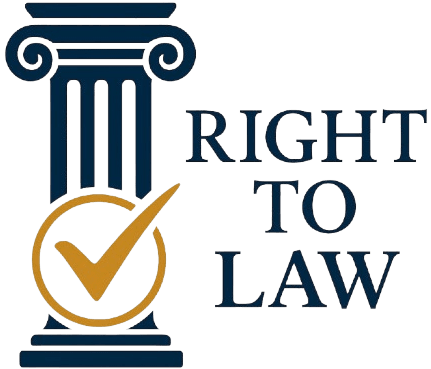Whoever assaults or uses criminal force to any person otherwise than on grave and sudden provocation given by that person, shall be punished with imprisonment of either description for a term which may extend to three months, or with fine which may extend to five hundred rupees, or with both.
Explanation
Grave and sudden provocation will not mitigate the punishment for an offence under this section, if the provocation is sought or voluntarily provoked by the offender as an excuse for the offence, or if the provocation is given by anything done in obedience to the law, or by a public servant, in the lawful exercise of the powers of such public servant, or if the provocation is given by anything done in the lawful exercise of the right of private defence. Whether the provocation was grave and sudden enough to mitigate the offence, is a question of fact.
In simpler terms, the Indian Penal Code (IPC) contains provisions to counter crimes against personal safety and public tranquility. One category of offence is assault using criminal force against another person without lawful justification. Section 352 IPC punishes people who are guilty of such offences except in cases where the accused acted in response to grave and sudden provocation.
Assault and Criminal Force
Before examining Section 352 it is important to explain two important terms under IPC:
Assault (Section 351 IPC): Assault means making a gesture or preparation intending or knowing that it is likely to cause another person to apprehend the use of criminal force. For example, it is assault to raise a fist intending to punch someone because you create an apprehension of force even if you don’t actually apply force.
Criminal Force (Section 350 IPC): Criminal force is using force on another person intentionally without consent with an intention to cause injury, fear or annoyance. Example: pushing someone in anger, snatching another’s bag, throwing water on someone without consent.
Thus, the question of the offence which is covered under Section 352 is where either assault or criminal force is used without grave and sudden provocation.
Essential Elements of Section 352 IPC
To establish an offence under this section, the prosecution must show that:
- Assault or Criminal Force: The accused must have assaulted or applied criminal force upon another.
- Lack of grave provocation: The alleged act must not have been done either in a concurrent state of thought, produced from grave & sudden provocation given by the victim.
- Mens Rea (Intention): The act must have been done with intention to cause injury, fear, or annoyance.
- Unlawful act: The force or the assault must not be lawfully applied by the law on a lawful authority or in private defence.
If all of these elements are established, the accused can be charged under Section 352 IPC.
Punishment under Section 352 IPC
The punishment imposed under this section is relatively limited in nature; however, this is primarily to prevent individuals taking the law into their own hands and unlawfully using force against their aggrieved fellow citizens.
- Imprisonment up to 3 months (either simple or rigorous); or
- Fine: Up to ₹500; or
- Both.
Thus, it would be appreciated this section acknowledges that minor assaults, whilst not leading to grievous hurt, need to be punishable to prevent any disturbance to the peace or discipline of society.
The section provides further clarity on the meaning of grave and sudden provocation:
Provocation cannot be a defence if:
- The offender sought or provoked the provocation intentionally;
- The provocation was offered by a public servant acting lawfully in the exercise of his or her duties;
- The provocation was offered in the lawful exercise of the right of private defence;
- The law means that an individual cannot simply call provocation their blanket excuse for violent behaviour. The sufficiency of provocation is a factual question for the courts in each case.
Illustration Examples
- Simple Assault: A slaps B while arguing over a seat on a bus. A commits an offence under Section 352 IPC.
- Use of Criminal Force: A angrily pushes B aside, without grave provocation. A commits an offence pursuant to this section.
- Provocation Not a Defence: A police officer lawfully arrests A. A slaps the officer and claims provocation. The defence is rejected due to lawful authority.
- Grave Provocation Defence (Accepted): If A unexpectedly and suddenly insults B’s deceased parent in a derogatory manner, and B, in the heat of the moment pushes A, the court may accept provocation as a mitigating factor.
Case Laws
- Rupan Deol Bajaj v. K.P.S. Gill (1995) – The Honorable Supreme Court held that even a case of outraging modesty by the use of criminal force (i.e., physical touching inappropriately) can leads to punishment under a particular provision of the IPC a charge may be under Section 352, if applicable.
- State of Himachal Pradesh v. Gian Chand (2001) – The court held that arguments or verbal abuse without gestures do not constitute as an assault, but if a gesture induces fear of force, it may fall within Sections 351-352 IPC.
- Veeda Menezes v. Yusuf Khan (1966) – The court held that the issue of whether or not there was grave provocation must be determined from the facts and circumstances of each case considered in relation to the reaction of a reasonable person.
